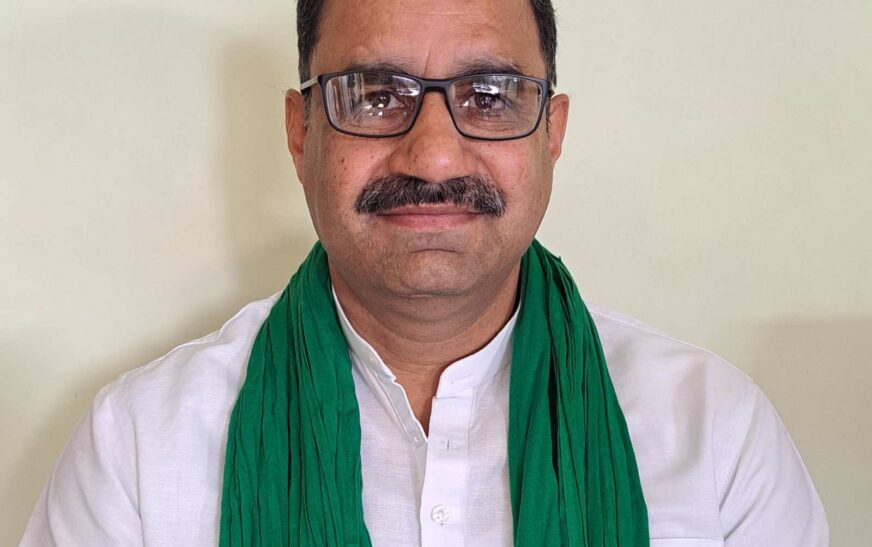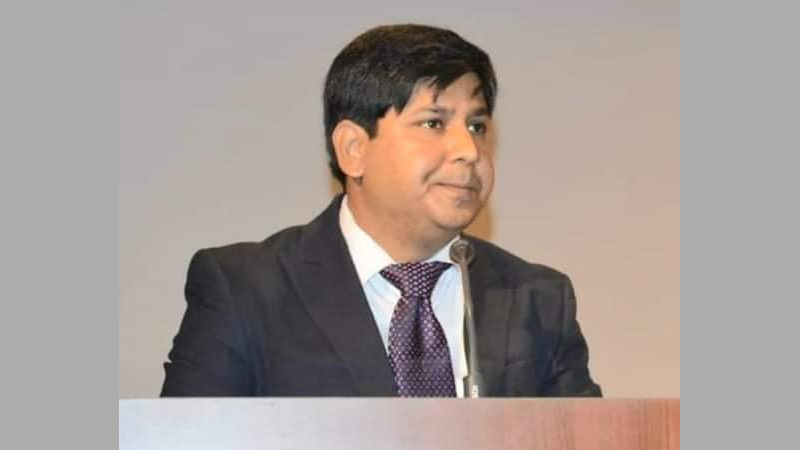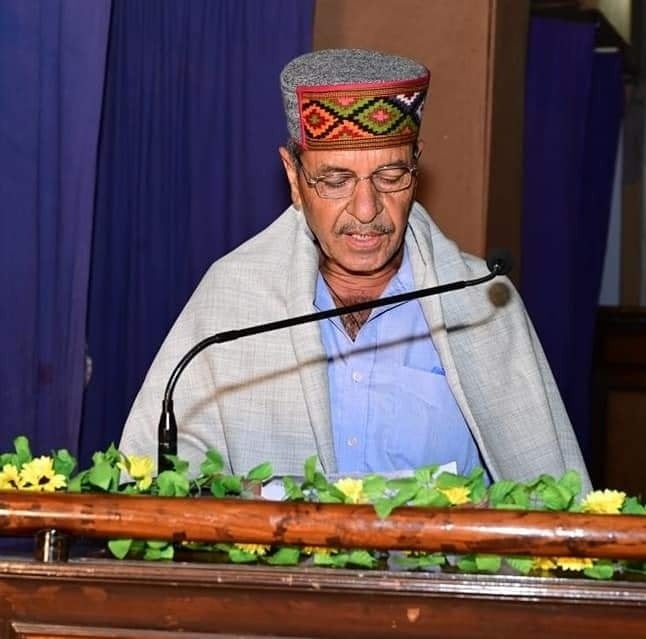Pushpendra Singh, President of Kisan Shakti Sangh, stands as a formidable force in the agricultural landscape of India. A distinguished alumnus of the Institute of Rural Management, Anand (IRMA), Singh’s unwavering commitment to rural development and farmer empowerment has defined his career. He has transformed Kisan Shakti Sangh into a potent advocate for farmers’ rights, tackling pivotal issues such as Minimum Support Prices (MSP), access to vital resources, and the promotion of sustainable farming practices. His education at IRMA has not only honed his academic prowess but also empowered him to fuse theory with practice, driving meaningful change at the grassroots level.
In an exclusive dialogue with The Interview World, Pushpendra Singh delivers a candid critique of the Union Budget 2024, highlighting its failure to address the pressing concerns of rural India by sidelining agriculture and allied sectors. Here, we delve into the key insights from his compelling interview.
Q: The Union Budget of this government for 2024-25 was recently presented. Could you provide an overview of the budget allocation for agriculture and related sectors?
A: Certainly. The proposed allocation for Agriculture and Farmers Welfare stands at a substantial Rs. 122,529 crore. Agricultural Research and Education receive Rs. 9,941 crore, while Fisheries receive Rs. 2,616 crore, and Animal Husbandry and Dairying get Rs. 4,521 crore. Collectively, these departments command a significant Rs. 139,607 crore, representing approximately 2.9% of the total Union Budget of Rs. 48.21 lakh crore. Notably, this percentage also mirrors the revised estimates for 2023-24, underscoring a consistent commitment to these vital sectors.
Q: Given the challenges in our economy, especially in private consumption and investment, do you think this budget allocation is sufficient?
A: The budget should have zeroed in on invigorating demand within our economy. As it stands, our economic engine is stuttering, hampered by a sluggish growth rate in private consumption and anemic private investment—both pivotal engines of economic expansion. It’s unrealistic to expect the private sector to step up its investment game without a significant uptick in consumption demand. Given that the agricultural sector employs nearly 45% of our workforce, the budget missed a crucial opportunity to tackle pressing issues plaguing the rural economy. These include stagnant wages, lackluster consumption demand, employment shortfalls, stunted agricultural growth, and tepid credit expansion.
Q: What measures do you believe the budget should have included to support farmers and boost the rural economy?
A: Several critical actions were also conspicuously absent from this budget, failing to meet the vital expectations of our farmers.
First and foremost, an increase in PM-KISAN support was imperative. The PM-KISAN scheme, providing a mere Rs. 6,000 annually to approximately 10 crore farmers for their immediate working capital needs, has seen no adjustment since its inception in December 2018. With an average inflation rate hovering around 6% over the past five years, this amount is woefully inadequate. Furthermore, the government should elevate this support to a minimum of Rs. 12,000 per annum.
Second, a legal guarantee for Minimum Support Prices (MSP) is non-negotiable. The MSP should reflect the comprehensive cost of production (C2) plus a 50% margin, as the Swaminathan Commission recommends. Enshrining MSP in law would prevent the exploitation of farmers by private buyers who often acquire crops below this price. The estimated annual cost of implementing a legal MSP is around Rs. 1.5 lakh crore—significantly less than the Rs. 8.5 lakh crore lost to reduced corporate tax rates since 2019.
Third, the Kisan Credit Card (KCC) scheme demands urgent enhancement. Presently, the scheme provides interest subsidies on crop loans up to Rs. 3 lakh. This limit should be raised to at least Rs. 10 lakh, with the KCC functioning as a running overdraft account where farmers only pay interest on the funds utilized. This adjustment would substantially increase capital investment in agriculture.
Fourth, social security for farmers is urgently needed. Currently, no provision exists for the old-age security of farmers. The government should establish a non-contributory pension scheme of at least Rs. 3,000 per month for small and marginal farmers over the age of 60, who own land parcels up to 2 hectares.
Fifth, milk price stabilization was another critical oversight. Animal husbandry and dairy contribute about 25% to agricultural GDP, yet farmers suffer from volatile milk prices and political interference in cattle rearing. Private dairies must be legally mandated to purchase milk at prices comparable to those offered by Amul, the market leader. Additionally, including milk or eggs in the midday meal scheme could help secure fair prices for farmers while combating child malnutrition.
Sixth, the simplification of PM Fasal Bima Yojna is overdue. This crop insurance scheme should be streamlined, with the government covering the entire premium. Currently, farmers are burdened with paying 1.5 to 5 percent of the premium despite the significant coverage already provided by both central and state governments.
Seventh, food inflation targeting policies need reevaluation. Export bans and stock limits on agricultural produce unfairly shift the burden of controlling inflation onto farmers. These policies also require reconsideration to prevent undue hardship.
Lastly, an increase in the budget for agriculture and allied sectors is essential. The current allocation for agriculture education, research, extension, storage, processing, and animal husbandry accounts for a meager 3% of the Union Budget. For a nation where agriculture is a primary livelihood, this should be raised to at least 7.5%.
Q: In light of these suggestions, how important do you think it is for the government to reconsider its approach to the agricultural sector in future budgets?
A: Certainly, it is imperative. In light of the rural distress, sluggish private consumption and investment growth, and elevated unemployment rates, the government ought to have proactively embraced these measures to channel more funds into rural regions and invigorate the economy. Meeting the needs of the agricultural sector transcends mere farmer support—it’s a strategic move to catalyze widespread economic expansion and secure the welfare of a substantial segment of our populace.









